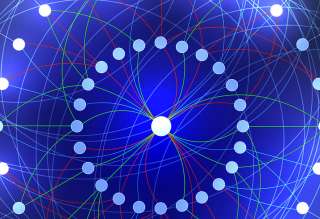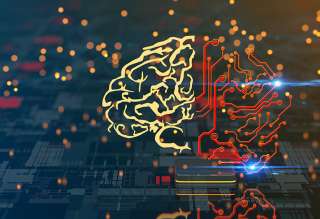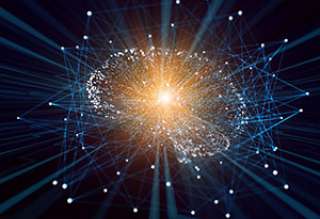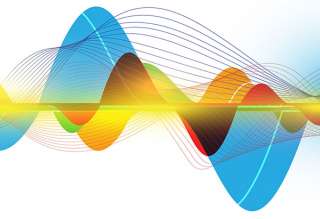SPS Feed
Top Reasons to Join SPS Today!
1. IEEE Signal Processing Magazine
2. Signal Processing Digital Library*
3. Inside Signal Processing Newsletter
4. SPS Resource Center
5. Career advancement & recognition
6. Discounts on conferences and publications
7. Professional networking
8. Communities for students, young professionals, and women
9. Volunteer opportunities
10. Coming soon! PDH/CEU credits
Click here to learn more.
The Latest News, Articles, and Events in Signal Processing
Date: 10-11 September 2024
Time: 9:00AM-1:30PM ET (New York Time)
Presenter(s): Dr. Jonatan Ostrometzky, Prof. Hagit Messer,
Mr. Hai Habi, Mr. Dror Jacoby
Date: 7-11 October 2024
Time: 9:00AM-11:00AM ET (New York Time)
Presenter(s): Mohammad Alaee-Kerahroodi
Date: 23-24 August 2024
Location: Ahmedabad, India
Registration Deadline: 20 April 2024
Date: 11-13 July 2024
Location: Hyderabad, India
Registration Deadline: 6 July 2024
Date: 16-18 August 2024
Location: Kerala, India
Registration Deadline: 9 August 2024
Date: 16-18 August 2024
Location: Angamaly, Ernakulam, Kerala, India
Registration Deadline: 9 August 2024
Date: 27-28 July 2024
Location: Rajkot, India
Registration Deadline: 20 July 2024
Date: 5-6 July 2024
Location: Bangaluru, India
Registration Deadline: 3 June 2024
Date: 24-29 June 2024
Location: Kolkata, India
Date: 20-21 June 2024
Location: Enugu State, Agbani, Nigeria
Date: 27-28 September 2024
Location: Surat, Gujarat, India
Date: 20-21 June 2024
Location: Rio de Janeiro, Brazil
Date: 15 June 2024
Location: Karnataka, India
Date: 24-26 September 2024
Location: Pakistan
Registration Deadline: 10 September 2024
Date: 23-27 September 2024
Location: Naples, Italy
Registration Deadline: 30 May 2024
Date: 12-16 August 2024
Location: Mombasa, Kenya
Registration Deadline: 15 July 2024
Date: 5-7 August 2024
Location: Gujarat, India
Registration Deadline: 30 March 2024
Date: 29 July-2 August 2024
Location: Veszprémy, Hungary
Date: 1-5 July 2024
Location: Tamil Nadu, India
Pages
SPS Social Media
- IEEE SPS Facebook Page https://www.facebook.com/ieeeSPS
- IEEE SPS X Page https://x.com/IEEEsps
- IEEE SPS Instagram Page https://www.instagram.com/ieeesps/?hl=en
- IEEE SPS LinkedIn Page https://www.linkedin.com/company/ieeesps/
- IEEE SPS YouTube Channel https://www.youtube.com/ieeeSPS






















